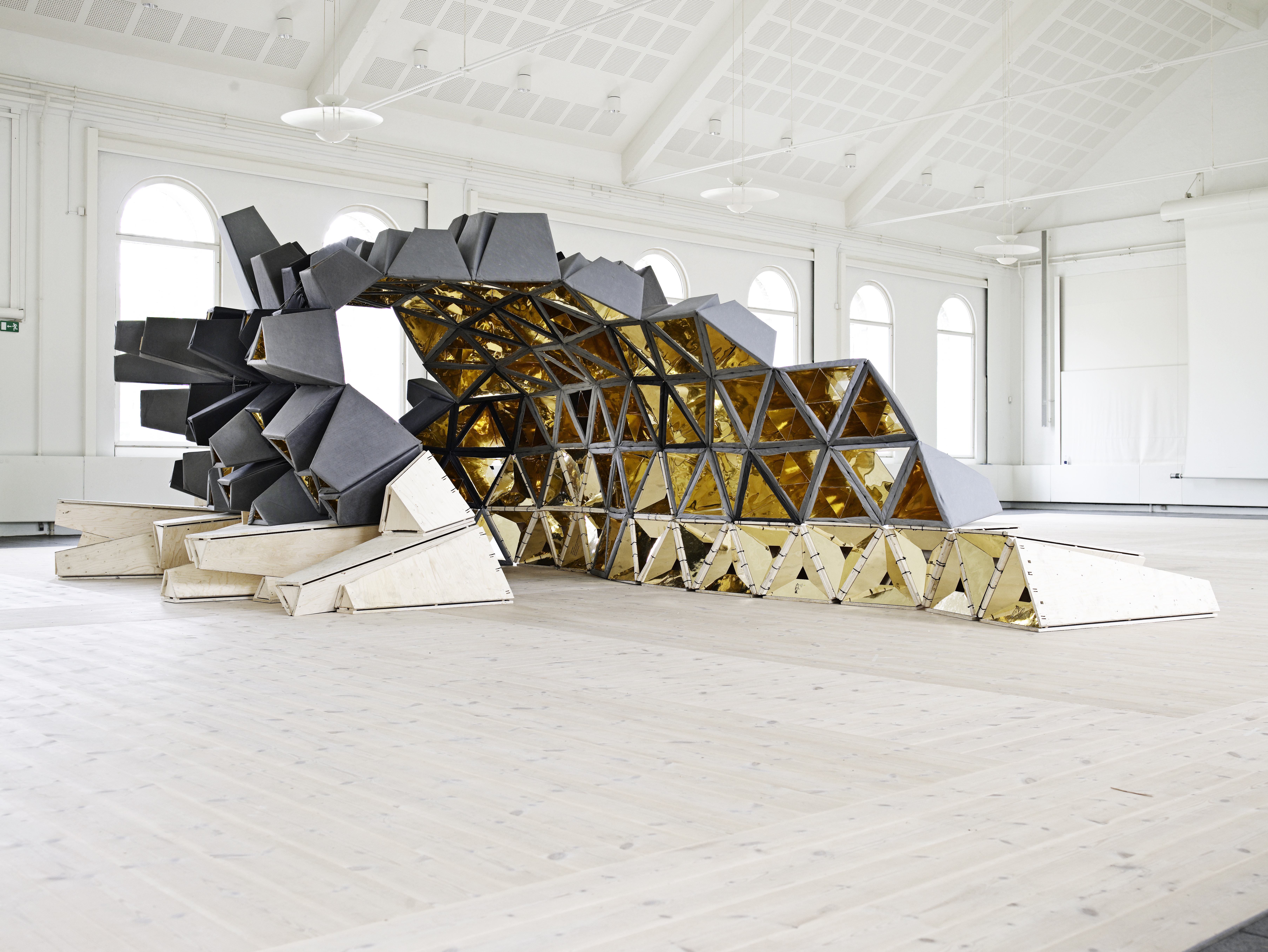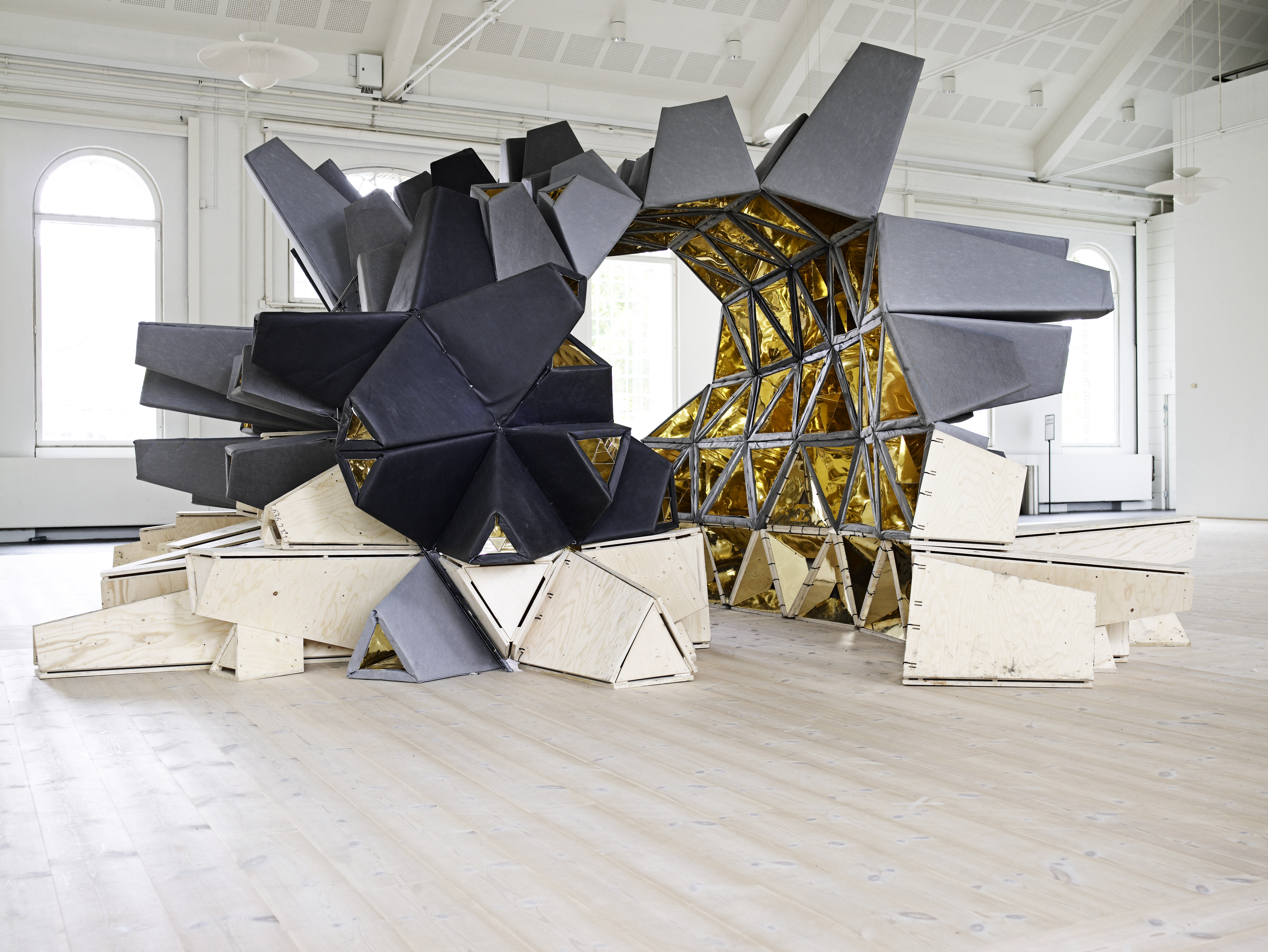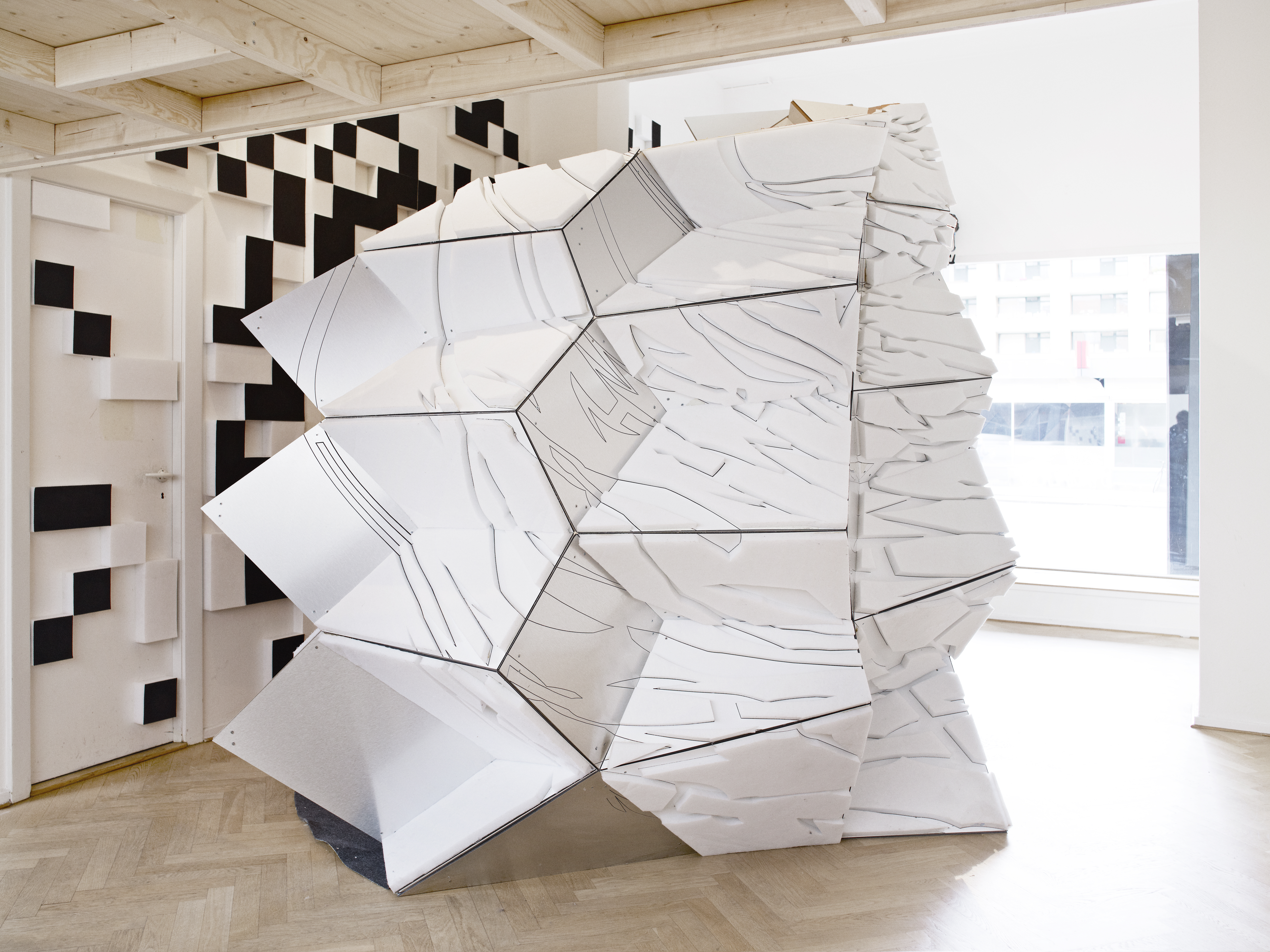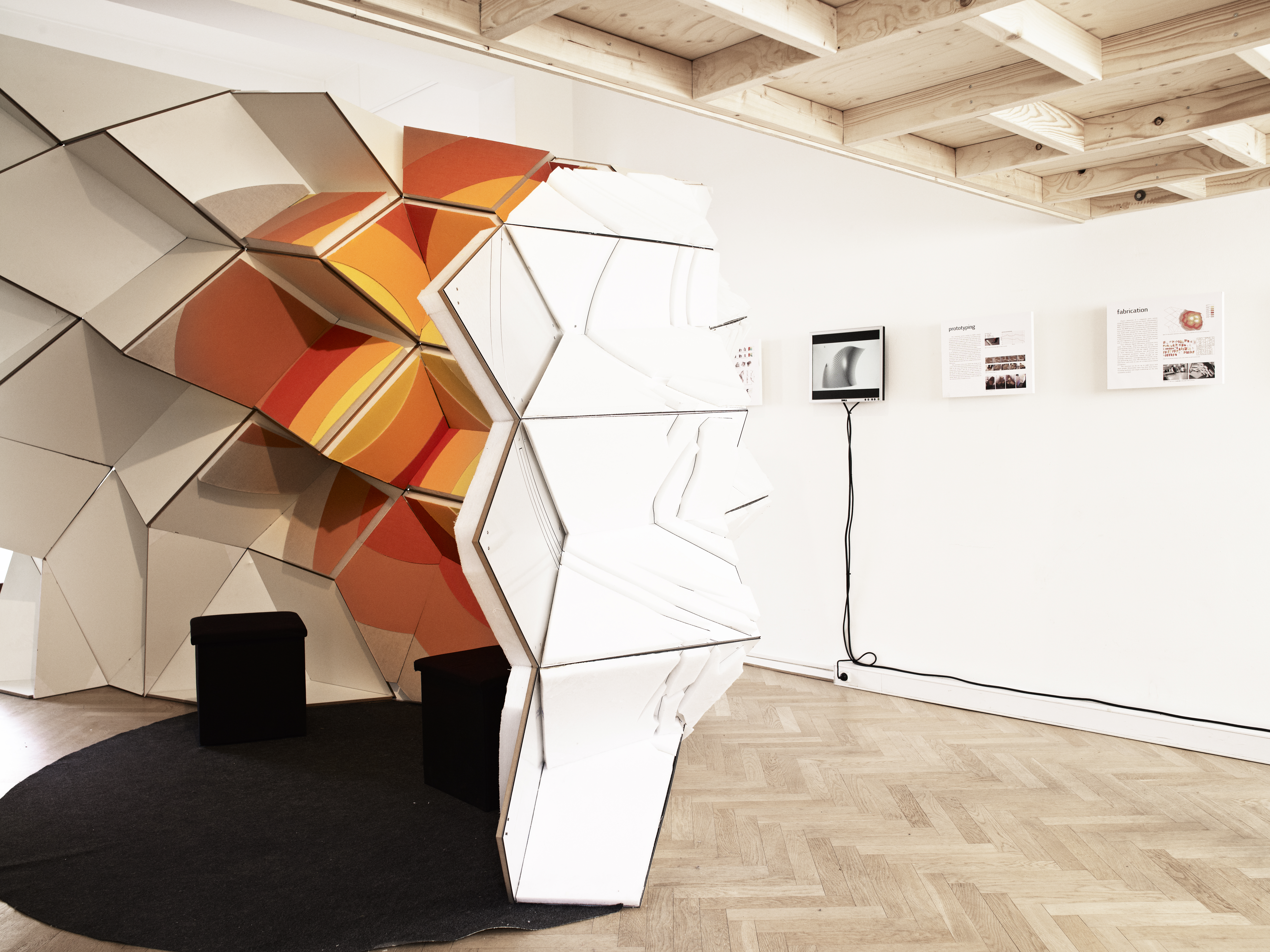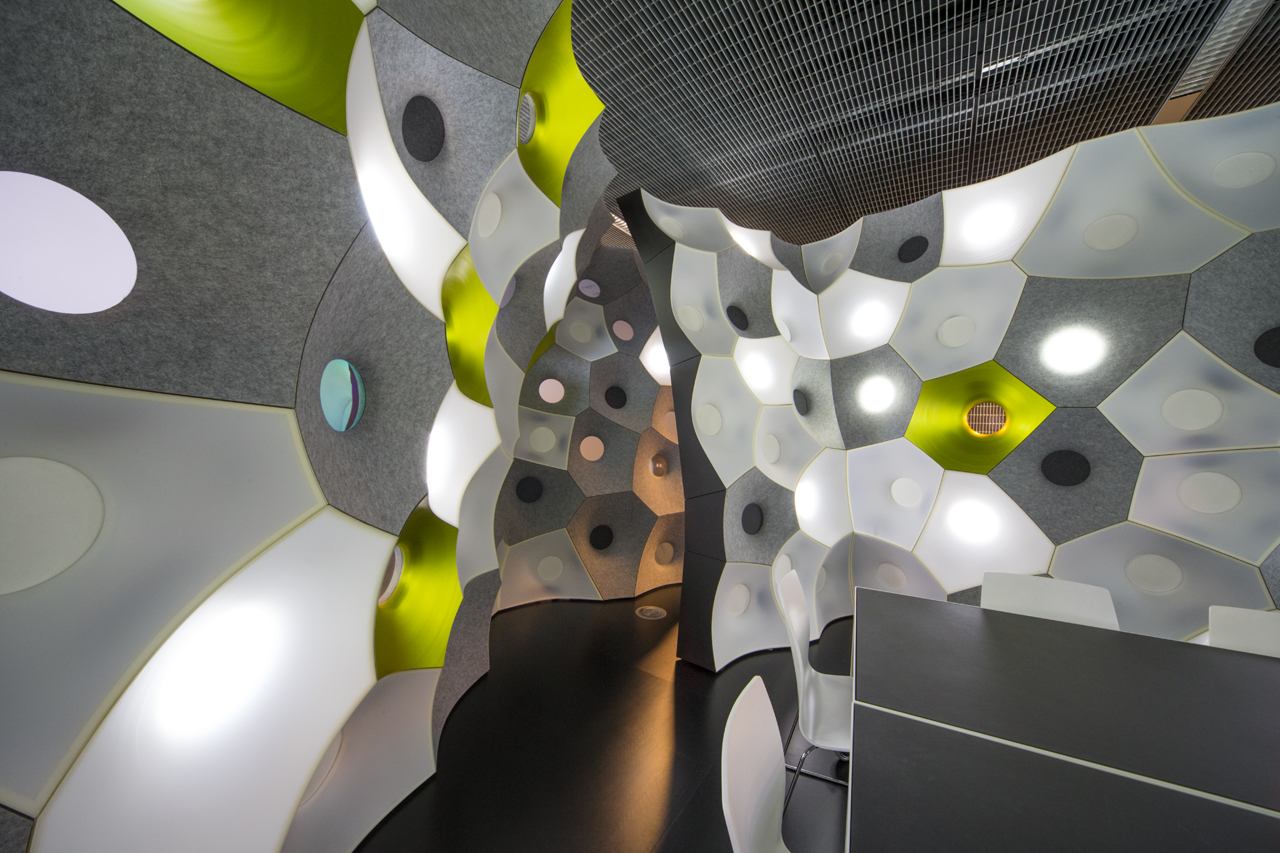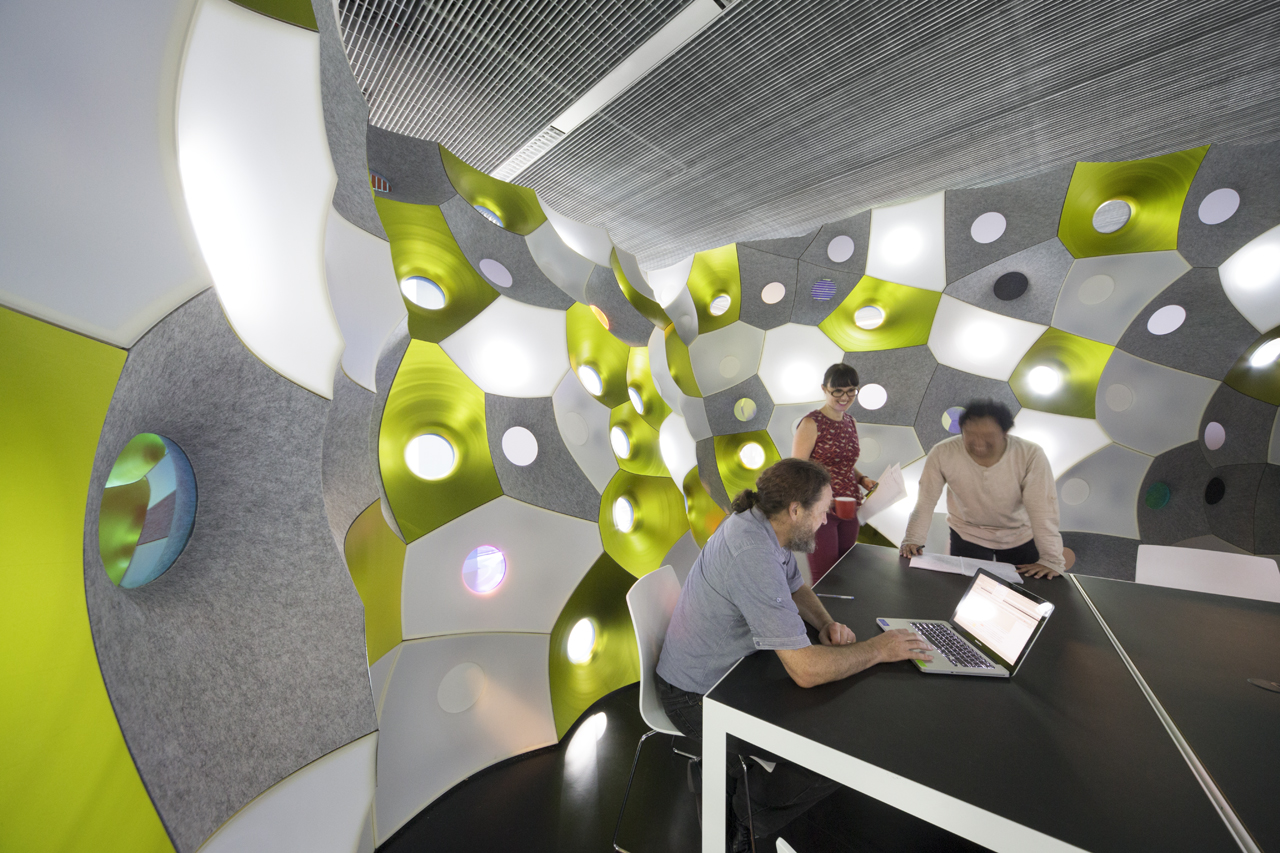Brady Peters
Associate Professor
Associate Dean, Academic
brady.peters@daniels.utoronto.ca
Brady Peters is a Canadian designer and researcher who successfully bridges technology and design. He has significant expertise in the use and development of design technology, in integrative construction, and in digital fabrication. With many years of experience in practice, Peters has successfully collaborated with experts in architecture, engineering, and computer science.
Peters specializes in architectural acoustics, environmental simulation, computational design, and digital fabrication. He uses computer programming, parametric modelling, and simulation to design performance-driven forms, and is skilled in the communication and fabrication of buildings with complex geometry. He received his PhD in Architecture from the Royal Danish Academy of Fine Arts in Copenhagen, Denmark, a Professional Master of Architecture from Dalhousie University, a Bachelor of Environmental Design (Distinction) from Dalhousie University, and, Bachelor of Science in Geography (Distinction) from the University of Victoria.
Professionally, Peters was an Associate Partner at Foster + Partners, one of the world's most highly regarded architecture practices. As a key member of the Specialist Modelling Group (SMG), the office's internal research and development consultancy, Peters was involved in many projects using complex geometry and environmental simulation. He has a multi-disciplinary approach to design and has also worked in the London office of design-led engineering practice Buro Happold.
Academically, Peters teaches graduate level courses in design studio, computational design, comprehensive building design, and visual communication focusing on parametric modelling and digital fabrication. He also teaches computation and design in the undergraduate program. Peters is a Director of Smartgeometry, an organization that promotes the use of computation in architecture. He has published 25 peer-reviewed papers, written five book chapters, and edited two books. He is also the author of Computing the Environment: Digital Design Tools for Simulation and Visualisation of Sustainable Architecture (Wiley, 2017).


